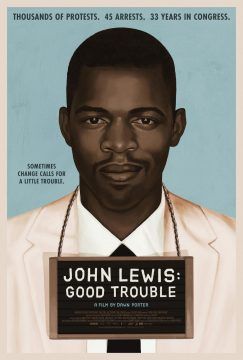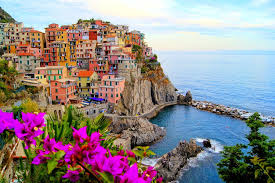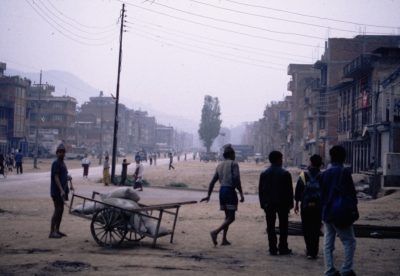by Alexander C. Kafka
 John Lewis: Good Trouble couldn’t be more timely.
John Lewis: Good Trouble couldn’t be more timely.
The new documentary, which will be available Friday on demand, arrives amid Black Lives Matter protests and renewed and deepening threats to the Voting Rights Act of 1965. It shows one of the architects and key drivers of that legislation, the longtime civil-rights activist and congressman from Georgia, in both his soft-spoken private sphere and in his amiable but passionate public life. As he despairs over a democracy in peril, both his sadness and his hope resonate profoundly, even as the 80-year-old widower battles stage-four pancreatic cancer.
The film avoids his illness, as it does health details around his wife Lilian’s death in 2012. I wish it dealt more forthrightly with Lewis’s cancer, because a reminder of his mortality would underline how fragile is the progress he has helped bring about. It is too tempting to take this icon and his life’s work for granted.
What shines through in the film, directed with unobtrusive clarity and empathy by Dawn Porter, is Lewis’s fundamental kindness and gentleness. There is one key exception: a low-blow tactic he used against his close friend Julian Bond when they were pitted against each other in Lewis’s first congressional race in the 80s. Read more »






 The coronavirus pandemic has massively disrupted the working lives of millions of people. For those who have lost their jobs, income, or work-related benefits, this can mean serious hardship and anxiety. For others, it has meant getting used to new routines and methods of working. For all of us, though, it should prompt reflection on how we think about work in general–both as a curse and as a blessing. Here, I want to focus on how work relates to time.
The coronavirus pandemic has massively disrupted the working lives of millions of people. For those who have lost their jobs, income, or work-related benefits, this can mean serious hardship and anxiety. For others, it has meant getting used to new routines and methods of working. For all of us, though, it should prompt reflection on how we think about work in general–both as a curse and as a blessing. Here, I want to focus on how work relates to time. Beauty has long been associated with moments in life that cannot easily be spoken of—what is often called “the ineffable”. When astonished or transfixed by nature, a work or art, or a bottle of wine, words even when finely voiced seem inadequate. Are words destined to fail? Can we not share anything of the experience of beauty? On the one hand, the experience of beauty is private; it is after all my experience not someone else’s. But, on the other hand, we seem to have a great need to share our experiences. Words fail but that doesn’t get us to shut up.
Beauty has long been associated with moments in life that cannot easily be spoken of—what is often called “the ineffable”. When astonished or transfixed by nature, a work or art, or a bottle of wine, words even when finely voiced seem inadequate. Are words destined to fail? Can we not share anything of the experience of beauty? On the one hand, the experience of beauty is private; it is after all my experience not someone else’s. But, on the other hand, we seem to have a great need to share our experiences. Words fail but that doesn’t get us to shut up. In a survey released at the end of May by the AP and the NORC Center for public affairs research, 49% of Americans said they intended to be vaccinated against the new coronavirus, 31% said they were unsure, and 20% said they would not get the vaccine.
In a survey released at the end of May by the AP and the NORC Center for public affairs research, 49% of Americans said they intended to be vaccinated against the new coronavirus, 31% said they were unsure, and 20% said they would not get the vaccine.





 Had enough of the 2020 election? Take heart, there are just 134 days left until Vote-If-You-Can Tuesday. That’s less time than it took Napoleon to march his Grande Armée into Russia, win several lightning victories, stall out, and then retreat through the brutal winter, with astronomical casualties, all the while inspiring the equally long
Had enough of the 2020 election? Take heart, there are just 134 days left until Vote-If-You-Can Tuesday. That’s less time than it took Napoleon to march his Grande Armée into Russia, win several lightning victories, stall out, and then retreat through the brutal winter, with astronomical casualties, all the while inspiring the equally long 



